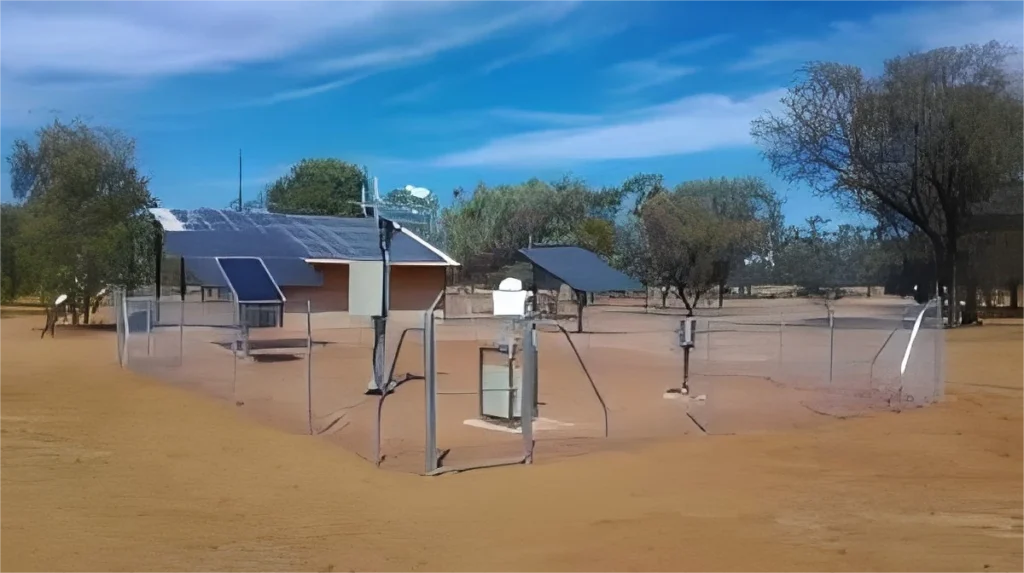Disadvantages of Automatic Weather Stations

# Disadvantages of Automatic Weather Stations
Automatic Weather Stations (AWS) have revolutionized meteorological data collection by providing real-time, continuous weather monitoring. However, despite their numerous advantages, they also come with several disadvantages that can impact their effectiveness and reliability. Below, we explore some of the key drawbacks of AWS.
## 1. High Initial Cost
One of the primary disadvantages of automatic weather stations is their high initial cost. Setting up an AWS requires significant investment in hardware, software, and installation. This can be a major barrier for small organizations or developing countries with limited budgets.
## 2. Maintenance and Calibration Requirements
AWS require regular maintenance and calibration to ensure accurate data collection. Sensors can degrade over time due to exposure to harsh weather conditions, leading to inaccurate readings. Regular servicing by trained personnel is necessary, which adds to the operational costs.
## 3. Limited Sensor Lifespan
The sensors used in AWS have a limited lifespan and may need frequent replacement. Factors such as extreme temperatures, humidity, and dust can accelerate wear and tear, reducing the overall reliability of the station.
## 4. Dependency on Power Supply
Most AWS rely on external power sources or batteries to function. In remote or off-grid locations, power outages or battery failures can disrupt data collection, leading to gaps in weather records.
## 5. Vulnerability to Environmental Damage
Automatic weather stations are often installed in exposed locations to ensure accurate readings. However, this makes them vulnerable to environmental damage from storms, lightning, or wildlife, which can result in costly repairs or replacements.
## 6. Data Transmission Issues
AWS typically transmit data via wireless or satellite communication. Poor signal strength, interference, or technical glitches can lead to data loss or delays, affecting the timeliness and reliability of weather reports.
## 7. Limited Human Oversight
While automation reduces human error, it also means there is limited human oversight. Malfunctions or anomalies may go unnoticed for extended periods, leading to incorrect data being recorded and disseminated.
## 8. Inability to Capture All Weather Phenomena
AWS are designed to measure standard weather parameters like temperature, humidity, and wind speed. However, they may not capture more complex or localized weather phenomena, such as microclimates or sudden weather changes, which human observers might notice.
## 9. Cybersecurity Risks
As AWS become more connected and reliant on digital networks, they are increasingly vulnerable to cyberattacks. Hackers could manipulate data or disrupt operations, posing risks to weather-dependent industries and emergency services.
## 10. Limited Flexibility
Once installed, AWS are often difficult to relocate or upgrade. Changes in the surrounding environment, such as urban development or vegetation growth, can affect their performance, but adjusting their position may not always be feasible.
### Conclusion
While automatic weather stations offer many benefits, their disadvantages cannot be overlooked. High costs, maintenance demands, and technical vulnerabilities are significant challenges that need to be addressed to maximize their effectiveness. Balancing automation with human oversight and investing in robust, resilient systems can help mitigate these drawbacks and ensure reliable weather monitoring.